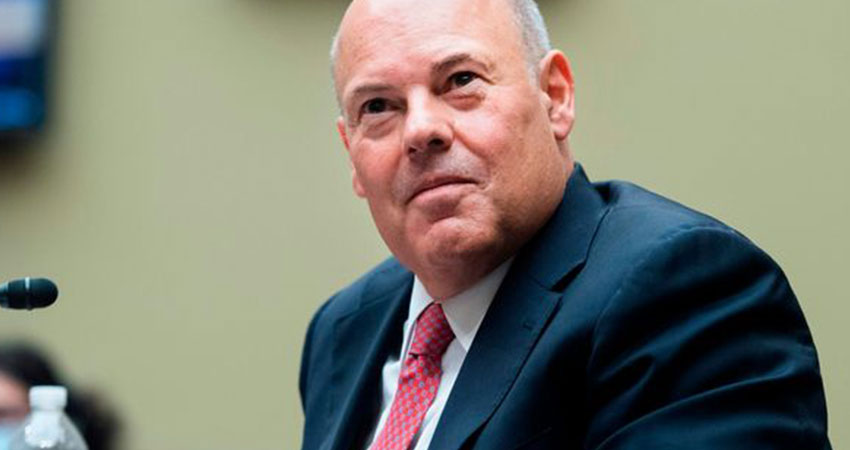U.S. Postmaster General Louis DeJoy outlined plans to streamline facilities and delivery networks to make them more efficient by significantly reducing the number of processing plants and delivery units, eliminating redundancies in an effort to improve performance.
DeJoy, in outlining the steps during a recent presentation before the National Postal Forum in Phoenix, said the U.S. Postal Service networks as currently constituted are unnecessarily complicated and rely on out-of-date equipment and facilities.
While the changes will take years to accomplish, they will provide “immediate systemwide benefits,” DeJoy said, adding, “We simply just cannot do this fast enough.”
“Our new strategy will logically sequence the workflow between facilities, and standardize operations within facilities,” DeJoy said in his keynote presentation. “This will provide precise, efficient, repeatable, and measurable operations.”
DeJoy said the USPS plans to close multiple annexes “that add cost, transportation, and foster inefficient and ad-hoc operations.”
“We will be investing significantly in creating strategically important multi-functional distribution centers for all network originating and destinating volume, package processing, cross docking, destination entry functions, and other functionality as required in the specific region,” he said.
The USPS will also reactivate dormant facilities and redesign current ones in line with this strategy, investing in functionality by adding new equipment and disposing of outdated systems, DeJoy said.
On the delivery network side, DeJoy said the concentration of delivery hubs, totaling 19,000, within many metro areas leads to inefficiencies including multiple sorts and underutilized truckloads. He added this takes away the advantages of its every ZIP carrier route structure.
“These delivery units are in disrepair,” he said. “They have poor employee amenities, have not accommodated our package growth, and operate to a dated and costly strategy. Dramatic change is needed, and dramatic change is what we are pursuing.”
The plan calls for aggregating carrier locations into sortation and delivery centers with enough dock space, conveyors and equipment to increase efficiency and expand reach.
“We will place large carrier operations inside our mail processing plants, dramatically reducing transportation, reducing mail handlings, increasing reliability and decreasing time to delivery,” DeJoy said. “We are analyzing our vast collection of closed plants around the nation and plan to modernize them to accommodate this strategy.”
With a nod towards parcel delivery competitors like UPS and FedEx, DeJoy said these changes will make the USPS “the preferred delivery provider in the nation” with “the greatest reach … the most reliable and affordable.”
According to the latest parcel index from Pitney Bowes, the USPS saw its market share drop from 19% to 17% as the agency lowered its days-in-transit promise and works to implement a 10-year performance improvement plan.
“This will transform the Postal Service, and I wish I could say it is ingenious,” he said. “It is not; it is obvious. If you were building a Postal Service from scratch today this is what you would do. The genius is unwinding what we are doing today to prepare for the future.”

